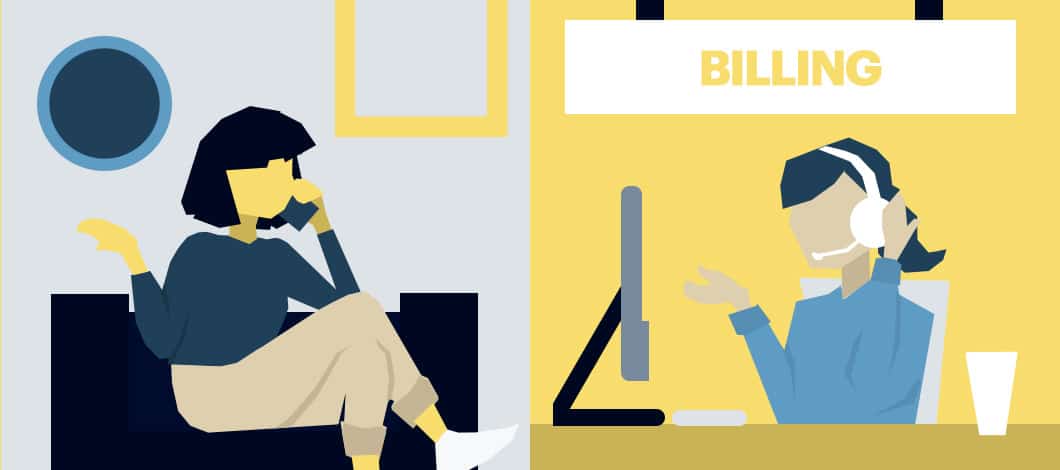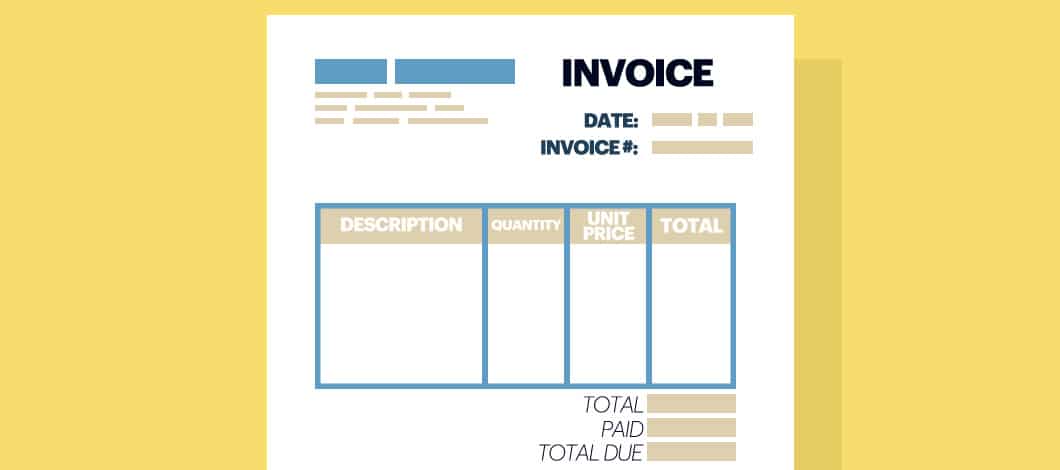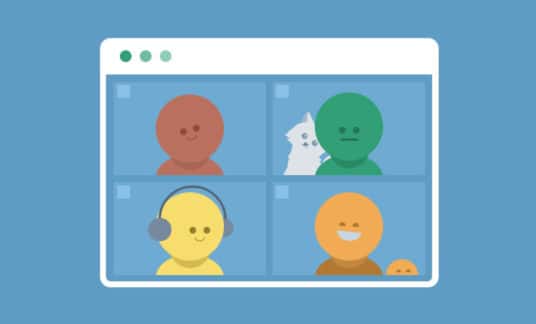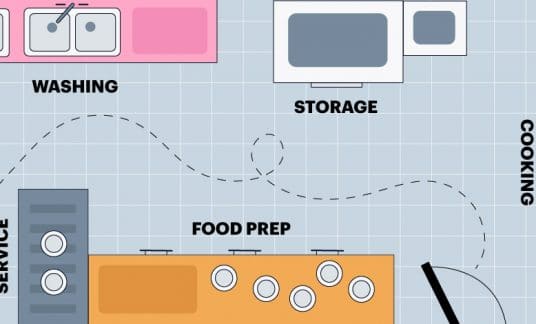Accounts receivable (AR) refers to money clients owe you for products or services rendered.
While you want and need the money due to you, tracking down unsettled bills or a customer’s new address isn’t a job that any small business owner wants to tackle. However, you can decrease your days sales outstanding (DSO) with a clear billing strategy backed by accounts receivable best practices.
Here are our 9 top AR tips to help you develop an accurate and efficient plan that keeps your accounts balanced, reduces errors and gets you paid with less hassle.
1. Invest in Billing Software and Other Technologies
Accounts receivable automation is a best practice you should be putting into place if you haven’t already. Specifically, billing, accounting and customer relationship management (CRM) business tools automate processes and keep client information updated. Financial software helps with record keeping, too, which is essential if you want to take further bill collection steps, such as filing a legal claim.
According to the American Express and PYMNTS.com report, “B2B Payments Innovation Readiness,” on average, businesses that perform accounts receivable tasks manually tend to have 30% longer DSOs than businesses with at least a medium level of automation. Additionally, businesses that perform accounts receivable by hand take 67% longer to follow up on overdue payments.
AR software, even free versions, offer several capabilities, such as:
- Electronic payment processing: An electronic payment billing system lets customers view electronic invoices and pay their balance due online.
- Accounts receivable ledger: An AR ledger provides an overview of your clients’ remittance and transaction records, including outstanding and paid invoices.
- Financial reports: AR aging and customer activity reports help you calculate your accounts receivable turnover ratio and make informed decisions about your company’s financial health.
- Customer statements: Your software tracks various contact methods and responses and allows you to create accurate invoices and send them via email, text message or snail mail.
- Collection letter templates: You can develop templates for each stage of your billing process. Escalate matters using different wording for a 3-day late notice versus a 30-day warning.
- Accounting process automation: Automatic payment reminders, recurring invoices and CRM integration help you avoid errors while saving time.
2. Examine Your Payment Terms and Policies
Are you regularly reviewing credit terms? What’s your new credit approval process? Do you charge a late fee or interest on unpaid balances? Knowing the answers to these questions is critical when you’re striving to implement accounts receivable best practices.
Establish a clear and efficient process, so your clients and employees know the drill. Payment terms and invoices provide information, such as:
- Payment deadlines
- Available transaction methods
- Late fees or interest
- Reference, purchase order or invoice numbers
- Itemized descriptions for products and services
- Tax-related information
- Discounts or coupons applied
Additionally, terms and conditions may detail how often your company pulls credit reports or reviews client portfolios.
Although many business-to-business (B2B) companies rely on 30-, 60- or 90-day terms, you may find it easier to get paid if you keep it simple: Payment due upon receipt.
Don’t forget to highlight the due date on your bill. (Adding “net 30” to your invoice doesn’t suggest urgency.) Be direct and make your bills easy to understand.
3. Define Invoicing and Collection Procedures
Another accounts receivable management best practice is timely follow-up, which helps you get paid sooner. According to the “B2B Payments Innovation Readiness” report: “Firms that wait an average of 45 days to follow up on overdue payments have 26% of their receivables overdue. Firms that follow up within 5 days of payments becoming overdue report a delinquency rate of just 8.8%.”
Your billing and collections management strategy should outline your step-by-step process, employee responsibilities and resources needed.
Use financial tools to track all client interactions relating to the billing process, including:
- Time and date of communication
- Method of contact, such as a telephone call or email
- Copy of the message or recording of the collections call
- Staff member taking the action
- Notes regarding follow-up tasks
4. Accept Convenient Payment Methods
Cash or check payments are great because you avoid those pesky processing fees. Accepting alternate payment methods, however, increases your chances of getting paid.
According to the Association for Financial Professionals (AFP) 2019 “Electronic Payments Survey Report,” organizations made 42% of their supplier payments by check, down from 81% in 2004.
Furthermore, the American Express and PYMNTS.com report finds “63.5% of firms are now shifting away from physical invoices, and 66.5% are receiving more payments digitally.”
It’s an accounts receivable best practice to accept debit and credit cards online, through your point of sale system or via a credit card scanner app. If your accounting program offers merchant payment services, you can receive money via electronic funds transfer.
Other bill payment strategies you can implement include::
- Accepting credit or debit card payments over the phone
- Offering automatic clearing house, or ACH, payments for customers under a contract
- Providing a customer portal where people can manage their account and payments
- Allowing mobile wallet or digital platform payments via Google Pay, Apple Pay or PayPal
5. Develop a Simple Billing Dispute Resolution Process
If your payer has an issue, what do they do? Chances are they’re going to reach out using their preferred communication method. You could get phone calls, text messages, emails, clients stopping by your office or shout-outs on social media.
Mistakes and misunderstandings can consume labor and financial resources. One of the best ways to handle disputes is through a customer portal or billing service provider. If your software doesn’t support this, create a straightforward process that explains:
- How a payer initiates a dispute
- Who acknowledges and oversees research and resolution
- What the process timeline is for tasks and communication
- What the record-keeping procedures are
- Which metrics are used to judge success, such as resolution rates and times

6. Keep Customer Information Updated
People move or switch phone numbers pretty regularly and use various payment methods. As a result, it’s important to keep accounts updated and record invoice transactions in real-time.
However, siloed systems can pose a risk. Instead, use a centralized client database with defined employee access roles that integrate with your billing and collections software.
If clients update their data with your customer service team, the finance team should have access immediately. Plus, regardless of how you accept a payment, staff should record it quickly.
7. Leverage AR Data for Billing and Collection Insights
Good data drives better decision-making, and your accounts receivable reports can be invaluable. Start by benchmarking your AR performance using industry averages from Dun & Bradstreet’s quarterly report.
Next, review billing and collections information, such as an AR aging report, to see your financial standing and pull a customer activity report to assess your client base.
Analyzing weekly reports helps you answer questions about your cash flow and customers, such as:
- How many invoices are overdue?
- What payment methods do your customers use?
- Is your billing staff regularly giving discounts for past due amounts?
- Which payers are consistently late paying their invoices?
- How many nonsufficient funds checks have you received?
8. Regularly Assess Your Billing and Collections Services
An invoice error, such as coding the wrong number or putting a decimal point in the wrong spot, can create a real problem. A disputed invoice increases your days sales outstanding, as your bill must be corrected and resent, which restarts the collections timeline.
Review your procedure regularly to ensure your company is collecting balances, assigning responsibility and correctly coding statements or purchase orders.
Moreover, accurate record keeping is vital. Use email tracking tools and invoice billing software to see when your invoices and messages are delivered, opened and viewed. Integrate them with your CRM to get a complete timeline of communications.
9. Use Professionals to Collect Debts
Consider outsourcing a portion of your billing and collections process. A factoring service buys your outstanding but current invoices at a discount and gives you an agreed-upon sum upfront. This service works well for industries with longer payment cycles or slow-paying customers.
A company also may use a collection agency or get legal advice as a last resort before writing off the debt. Debt collection services take on past due invoices through legal but, at times, aggressive methods.
Find out more about accounts receivable financing.
Why Optimizing Accounts Receivable Matters
If cash-flow concerns due to unpaid receivables are keeping you up at night, you’re not alone. According to Sage and Plum Consulting’s report “The Domino Effect: The Impact of Late Payments” small to medium businesses spend about 15 days per year “chasing late payments.”
Needless to say, as a small business owner, you probably spend a good chunk of time on billing and collections management. Unfortunately, it isn’t always time well spent. The wrong billing system or no strategy at all leads to longer-than-average DSOs.
The benefits of developing a transparent process and using billing software are many, helping you:
- Stay on top of your company’s financial health
- Easily view reports, collect debts and get paid quicker
- Free up company time spent on accounts receivable collection
- Reduce denied or disputed claims and bills
- Understand balances due at a glance
Applying Best Practices for Accounts Receivable Management
Make it easy — or even enjoyable — for clients to contact and pay your company. Simple payment terms, automated reminders and convenient transaction methods save time and money while improving the payer experience.
Use financial key performance indicators to continually assess your plan and adjust it for optimal results.











